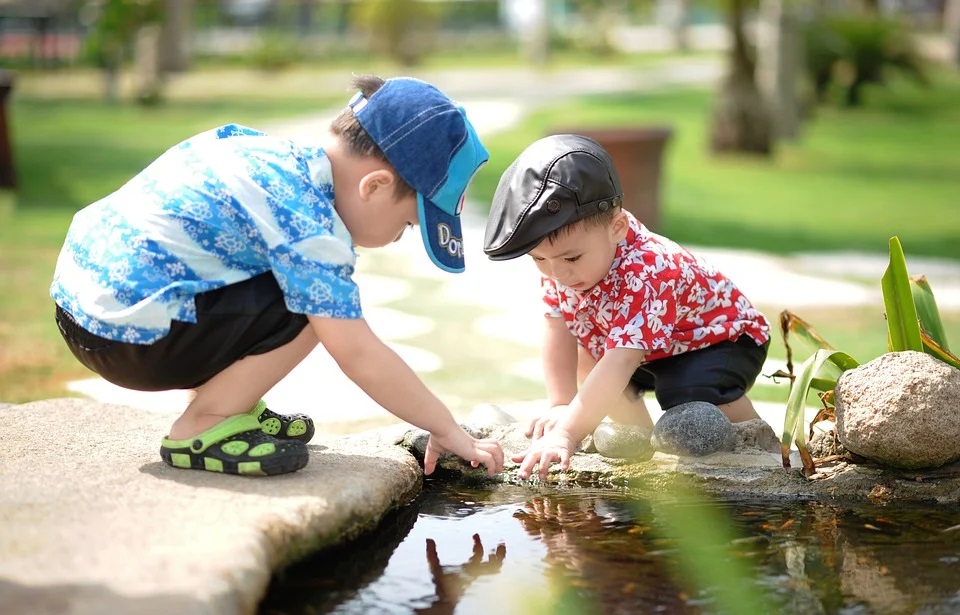When it comes to our kids and their education, we tend to divide time into distinct groups: study time, play time, and rest time. It’s logical in our minds because as adults that’s how we think of our own time. When it comes to education, however, especially for early years’ learners and students with special educational needs, play time should not so easily be separated from study time.
An apparent play thing like a set of fun and educational playing cards that your child will love can actually contribute a lot to the learning process. Let’s look at some of the ways in which play makes learning better.
1. Empowers Children to Direct Their Learning
When play is the medium through which kids are learning, it gives them a lot of choice and control about how they are learning. They will choose what they want to do, but when the right kinds of toys, tools, and activities are placed before them, it doesn’t matter as much what they choose because all will lead them to a learning path.
This is a key part of what is known as “meaningful play” in kids’ education, which was outlined in a book, “From Play to Practice: Connecting Teachers’ Play to Children’s Learning” by Marcia Nell and Walter Drew. According to Nell and Drew, the element of choice is essential because it helps kids to make connections between what they choose and what results from that choice.
2. It Fosters Imagination
Toys that are very specifically formed in a certain way, like toy cars for instance, are less conducive to the kind of desired learning effect because kids will exercise their imagination less than if they were playing, say, with plastic blocks, or even just empty boxes. It’s good for kids to use their burgeoning imagination to come up with ways to play with these types of items; things that can be used in many different ways.
Very quickly kids are making connections between various materials and items, how they are similar or different, how they can be used in tandem or independently, what they look like or can be made to look like…the list goes on.
3. It’s Learning Without Knowing
When engaging in learning through play, kids become totally immersed in their activities to the point where they’re learning and exercising various skills without it ever feeling like it’s work. They know they’re engaging in fantasy and imagination, but they still recognise reality so it’s a healthy kind of constructive immersion.
4. Builds Social and Emotional Confidence
Play involves a lot of outward communication and interaction with others, especially when dramatic play is being employed as the main style. By acting out different situations with their peers, students are learning about the world together and boosting their emotional and social development as they do. Let’s say kids are acting out their favourite story book as an example. Such an activity could allow students to see the world through the eyes of various characters, which in turn is an engine for developing emotional attributes like empathy. Switching up roles further strengthens that ability to see the world through others’ eyes.
5. Develops Physical Skills
Besides emotional and interpersonal skills, play also fosters greater physical strength in children. Both fine and gross motor skills are exercised, the former through manipulating Lego blocks, for and smaller toys, for instance, the latter by visiting the surrounding natural world: running and jumping outside, climbing and exploring the world around them, its textures and sights.
In short, for younger children, play is just another channel through which information is communicated. In fact, it’s a much more effective channel because kids can engage with it for longer and in a more meaningful way than just reading things from a whiteboard or in a book.

